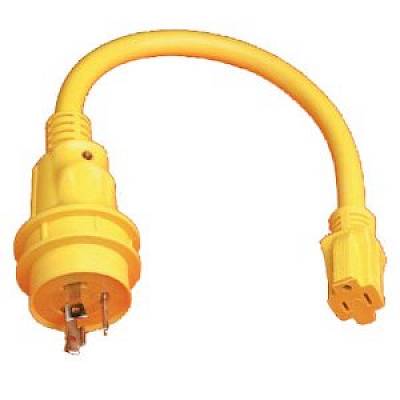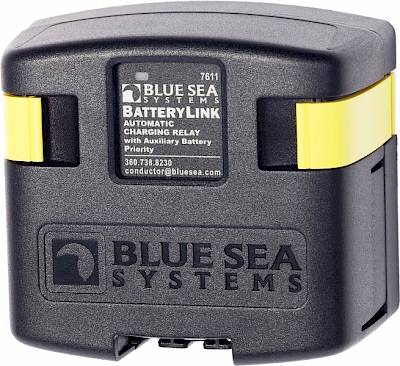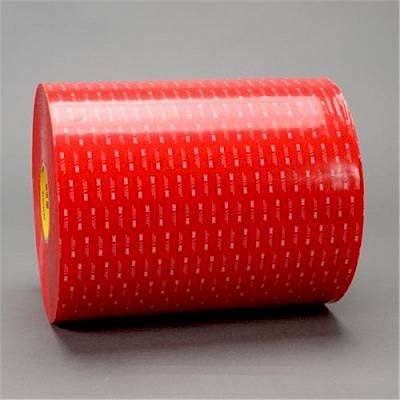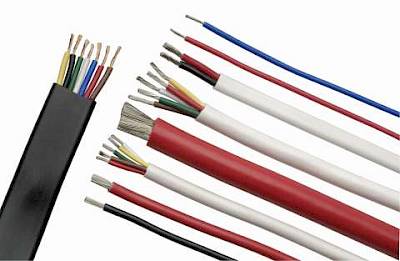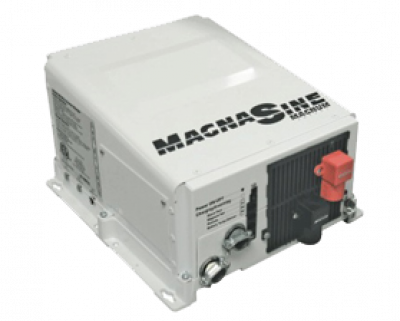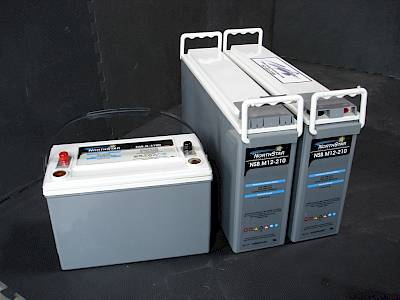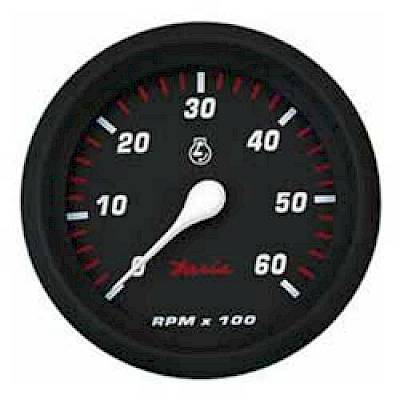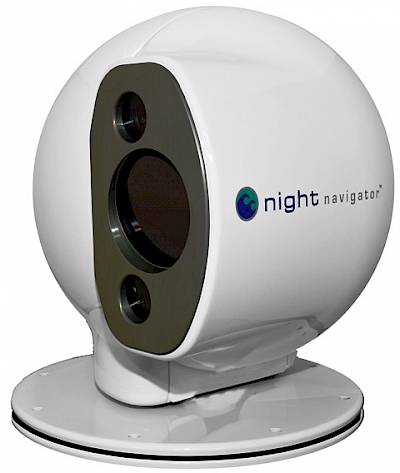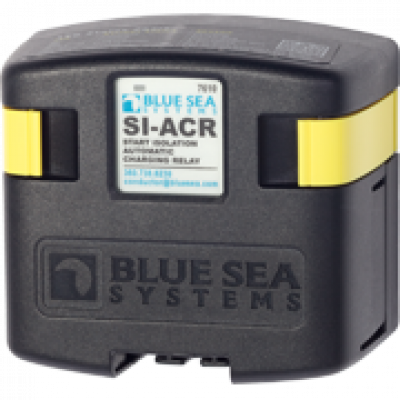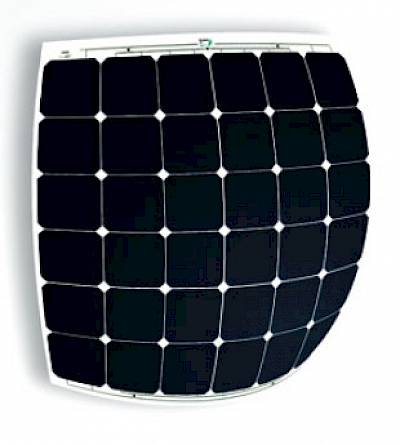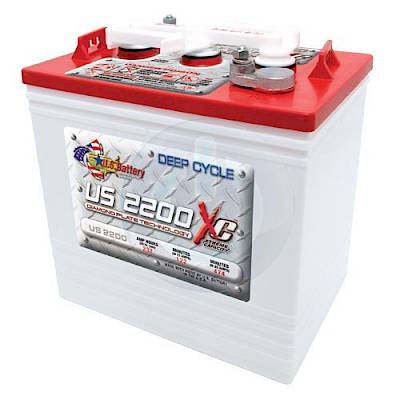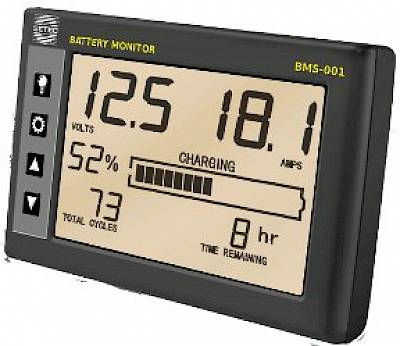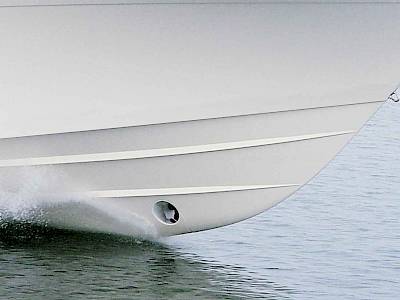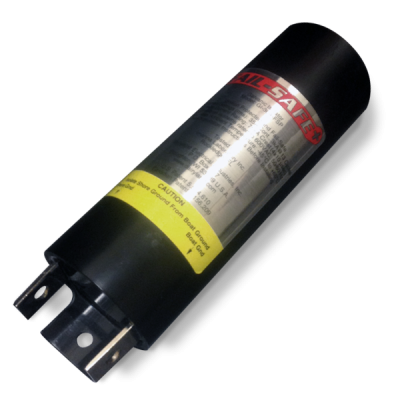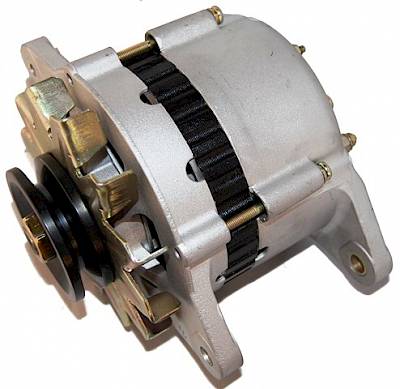
Can You Have Too Many Charging Sources for Your Batteries?
Modern day boaters have more choices than ever when it comes to charging batteries. As the battery banks get larger to accommodate more land-based amenities, charging technologies have to keep up. Boaters are adding high output alternators, large solar arrays and even methanol fuel cells to keep up to the demand but, it begs the question, "Can you have too many charging sources?" Quite often we are asked, "Should I have my solar panels charging when my boat is on shore-power?" or "Should my solar panels be charging while my boat is motoring and the alternator is charging? Won't this over-charge the batteries and cause them to fail?"
Shore Power. For most boaters, the two main ways to charge a battery is either on shore-power with a smart charger or with the engine's alternator. Let's start with the shore-power scenario. The most popular marine battery charger, on the market today, is a three-stage charger also called a smart charger. They are easy to use, worry free, won’t overcharge your batteries and you can leave them on 24/7. Smart chargers measure voltage from the battery before they start charging and then determine which stage to charge; bulk, absorption or float. Smart chargers also come with battery temperature sensors so that the batteries are charged at the right voltage for the battery temperature.
Alternator. The second most popular charging source is your alternator. Remember an alternator/regulator system is mechanical and spun by the engine. This means that the amperage output is variable depending on the engine rpm at idle or full cruise. The voltage regulator, for your alternator, will adjust the alternator output not to overcharge your batteries. For offshore boaters, who did not have access to shore-power for long periods of time, the alternator was the only charging source. This opened up the market for high output alternators and external smart regulators. Companies, like Balmar, Electromaax and Xantrex, were able to develop software and systems that made regulators even smarter. An external regulator basically transformed an alternator into a smart, three-phase charging device. Boaters could choose pre-set charging voltages based on battery type or could even create their own custom three-phase charging voltages. Furthermore, some external regulators now monitor alternator and battery temperature to adjust to the correct charging voltage.
Alternators were fine when the engine was running but boaters wanted a way to charge the batteries while at anchor or at a yacht outstation without power. Often, this meant relying on a generator. Some boats even added so many amenities, like freezers and ice-makers, that the generator had to run the majority of the day to keep up with power demand. Enter solar, wind generators and methanol fuel cells. With all of these different charging sources running concurrently, many boaters wonder if you could potentially overcharge your batteries.
As an example, on my Catalina 36, I have a house bank of 6 Firefly carbon foam batteries for a total of 660 amp-hours. Here are all the different charging methods I have onboard: a 150 amp battery charger when plugged into shore power, a 160 amp high output alternator with external regulator when the engine is running, a 6-panel (450W solar array) with 6 separate MPPT controllers, and an EFOY 210 methanol fuel cell.
What happens if, by complete coincidence, I have all nine charging sources running simultaneously?
Voltage Regulated. The key here is that each device is voltage regulated which means that the individual charging device doesn't output what they want, the device looks at the current battery voltage and, depending on where it is in the smart charge profile, brings it to the target battery voltage. On my boat, the charge profile is set to the AGM on all the charging devices, be it the charger, the solar controllers, the EFOY or even the external regulator. Each charging device behaves in the same way so no one device does more than it should.
In fact, with multiple charging sources, your boat batteries will charge faster in the bulk phase. Charging at a fast rate (minimum of 10% to 20% of battery capacity) during bulk charging is good as a slow charge can cause sulfate to deposit and build-up on lead acid batteries. As the batteries get closer to the absorption phase, some of the charging devices will go idle. They sense the voltage is at the correct level and realize that they do not have to contribute.
Technically, my boat could be on shore-power, with the engine running, the sun shining on the solar panels, and the EFOY running with no harm to the battery bank.
PYS has installed multiple charging systems on thousands of boats, both power and sail. The owners can have the solar and alternator charging while they are motoring or they can have the solar, the EFOY and the generator charging at anchor. Each device is voltage regulated and installed to match the charge profile of the batteries so they are truly smart chargers.
About the author: Jeff Cote is the owner of Pacific Yacht Systems, a full service shop delivering marine electrical and navigation solutions for recreational boats. Visit their website and blog for info and articles on marine electrical systems, projects and more: www.pysystems.ca.
Related Content





